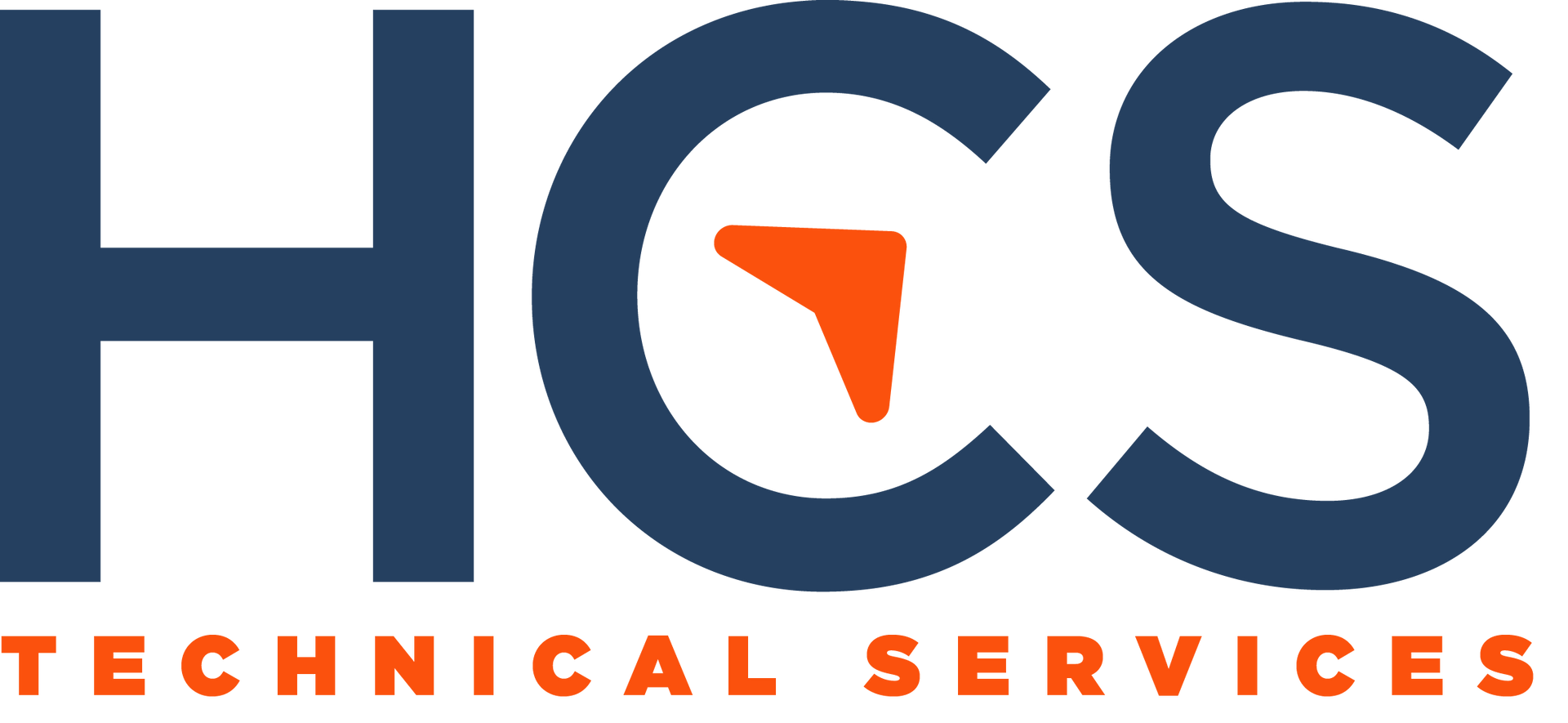How to Choose the Right IT Provider for Your Business
Avoid Common Pitfalls and Make Informed Choices for Your IT Partnership

Partnering with an IT provider can significantly enhance your business operations. However, it's crucial to avoid several common pitfalls when selecting the right team for your needs.
Spending too much time trying to navigate the technology landscape can be detrimental. While you're preoccupied with tech issues, your focus on core business activities may wane, potentially leading to decreased customer satisfaction. This is where IT providers come into play.
By outsourcing hardware and computing services—such as managed IT security and cloud computing—you can establish a robust IT infrastructure that allows you to concentrate on revenue-generating activities. However, with numerous IT providers available, not all will meet your specific requirements. Choosing the wrong team can lead to increased costs due to unnecessary services, ongoing security vulnerabilities, data backup challenges, and operational downtime.
To avoid disappointment, be mindful of these eight common mistakes when selecting your IT provider.
THE EIGHT MISTAKES
MISTAKE #1 - FOCUSING ON THE LATEST TECHNOLOGY
Many vendors may try to convince you that the newest technology will solve all your problems. While cutting-edge solutions like virtualization and cloud services can enhance operations, they may not be the best fit for your business.
Avoid getting swept up in the excitement of new products. Instead, evaluate how the proposed technology aligns with your business goals and whether it will deliver the desired results. Your IT provider should prioritize seamless integration and practical solutions over flashy features.
MISTAKE #2 - IGNORING RESPONSE TIMES
Understanding the response times of potential IT providers is essential. Inquire about their typical response times for queries and problem resolution, and assess their onsite support capabilities.
Failing to ask about their availability is a significant oversight. Your IT team should offer 24/7 support, including specialists who monitor your systems continuously. This proactive approach allows for early detection of IT issues, enabling timely patches and updates to prevent disasters. Additionally, ensure that contacting their support team is straightforward, whether via email, phone, or chat.
MISTAKE #3 - OVERLOOKING SECURITY MEASURES
Neglecting the security features of your IT provider can be one of the most critical mistakes. Providers lacking robust security protocols leave your systems vulnerable to cyberattacks, risking data loss and compromised resources.
Seek IT providers that prioritize security, offering protection against malware and other threats. They should safeguard your confidential information, including trade secrets and customer data. Look for features like real-time intrusion detection, phishing simulations, web content filtering, DNS security, endpoint protection, mobile device management, and dark web monitoring. Ensure they comply with security regulations and standards.
MISTAKE #4 - DISREGARDING BUDGET CONSTRAINTS
Many IT companies operate on pay-as-you-go pricing models, which can help minimize upfront costs. However, adopting multiple technologies without considering ongoing expenses can strain your budget.
Before signing any agreements, conduct thorough research on your providers and draft a realistic budget with professional guidance. This preparation can save you from significant financial headaches later on.
MISTAKE #5 - NOT EVALUATING SCALABILITY
Choosing an IT provider that lacks scalability can hinder your company's growth. Scalable IT teams can adapt their services to meet your evolving business goals, ensuring you have the support you need as your company expands.
MISTAKE #6 - SETTLING FOR A NON-RESPONSIVE SERVICE LEVEL AGREEMENT
Service Level Agreements (SLAs) are crucial for holding IT providers accountable. They outline responsibilities, quality standards, scope, and delivery timelines in writing. Without a clear SLA, you risk a lack of transparency in your collaboration.
When selecting an IT provider, ensure they offer a responsive SLA that can adapt as their services evolve, promoting continuous improvement.
MISTAKE #7 - FAILING TO TRAIN YOUR TEAM
Finding a reliable IT provider is just the beginning. New technologies won't automatically enhance your operations; your employees need to understand how to use them effectively.
Recognize that not all team members will adapt to new tools easily, and some may prefer existing systems. Consider hiring IT experts to provide training, simplifying complex processes and helping your staff maximize their new tools. Additionally, implement regular training sessions and monitor performance through feedback mechanisms to identify and address any challenges.
MISTAKE #8 - IGNORING CLIENT EXPERIENCES
Choosing an IT provider without checking their track record can lead to disappointment. Just as you would research products and services, investigate user reviews and testimonials to gauge the provider's capabilities.
Analyze their experience with clients in your industry and request references. This due diligence will help you determine if the IT provider is a good fit for your business. Remember, each provider has unique strengths; for instance, they may excel in healthcare but lack experience in retail.
FIND THE RIGHT FIT
No one wants to partner with an IT provider that fails to deliver results, exposes your company to cyber threats, or creates vulnerabilities. Such missteps can waste your investment and disrupt your operations.
Fortunately, we can help you navigate this process. Let’s schedule a quick, 10-15 minute, no-obligation chat to discuss how to find the right IT provider for your business and ensure you get the value you deserve.
HCS Technical Services



FIND US
HCS Technical Services LLC
120 Riverwalk Dr. STE 310
San Marcos, TX 78666
LET'S CONNECT
Marketing by
Right Tool Media LLC
© HCS Technical Services LLC | Website by Right Tool Media








